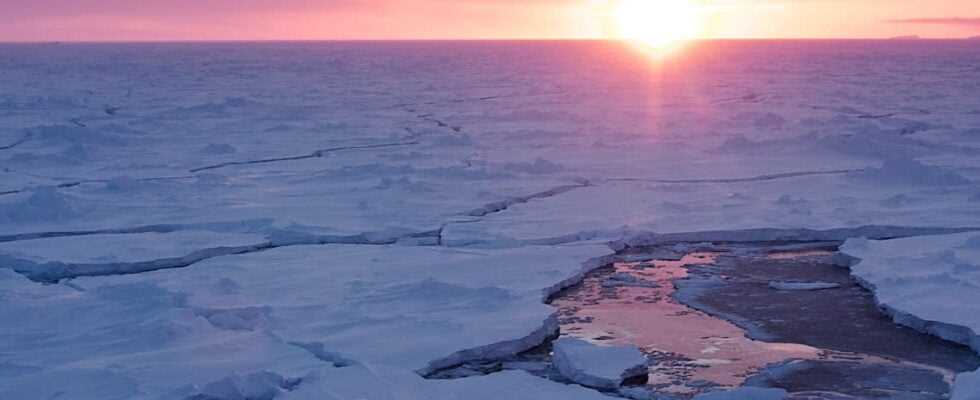On February 25, 2022, the Antarctic sea ice had its smallest extent since measurements began in 1979. At 1.908 million square kilometers, it not only undercut the previous negative record from 2017, but this year was also below the two million square kilometer mark for the first time ever. According to experts, the cause of the minus record was strong winds that drove ice near the coast out to sea, where it broke. Unlike in the Arctic, no clear trend due to climate change can be seen in the Antarctic. Rather, satellite data show a slightly increasing trend in sea ice cover, which contradicts climate models. However, two minus records within five years indicate that Antarctica is also beginning to change in a way that is difficult to assess.
Changes on land, such as the slow greening of the Antarctic Peninsula, have long been evidence of the warming of the southern continent. However, the sea ice around Antarctica is bucking the trend – a circumstance known in climate research as the “sea ice paradox”. Several hypotheses should help explain the unexpected stability of the ice cover. For example, cold meltwater could stabilize the ice, and climate models probably overestimate the heat transport from the north by oceanic eddies. However, events on land, not least the dramatically collapsed Larsen A and B ice shelves, indicate that the ring of floating ice around the continent will not escape the warmer climate in the long term. However, it is unclear how long this will take and what will happen then – and whether the most recent negative records may already be the first harbingers.
